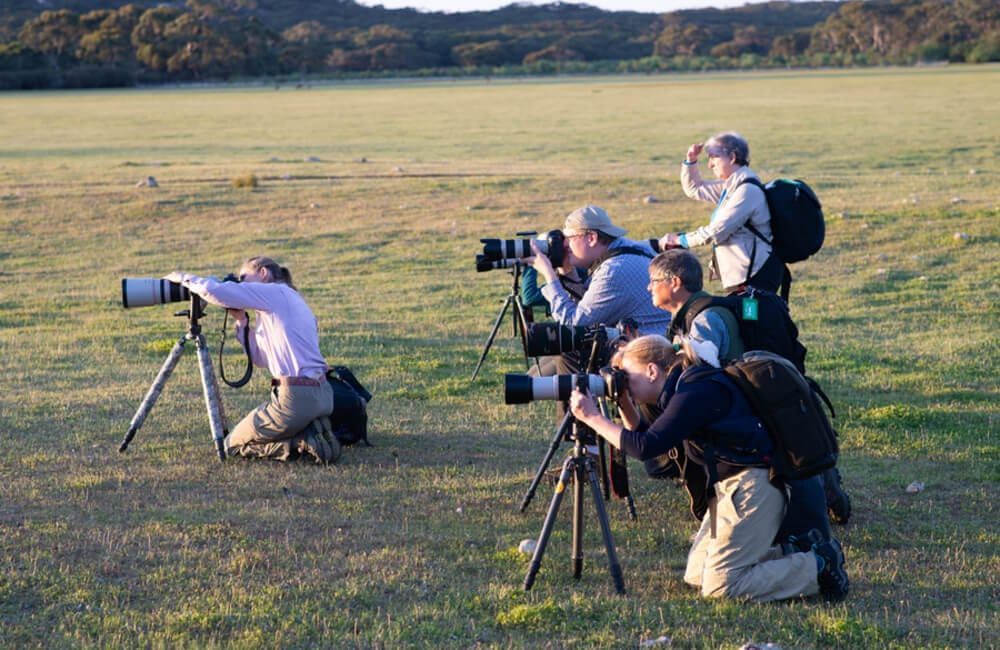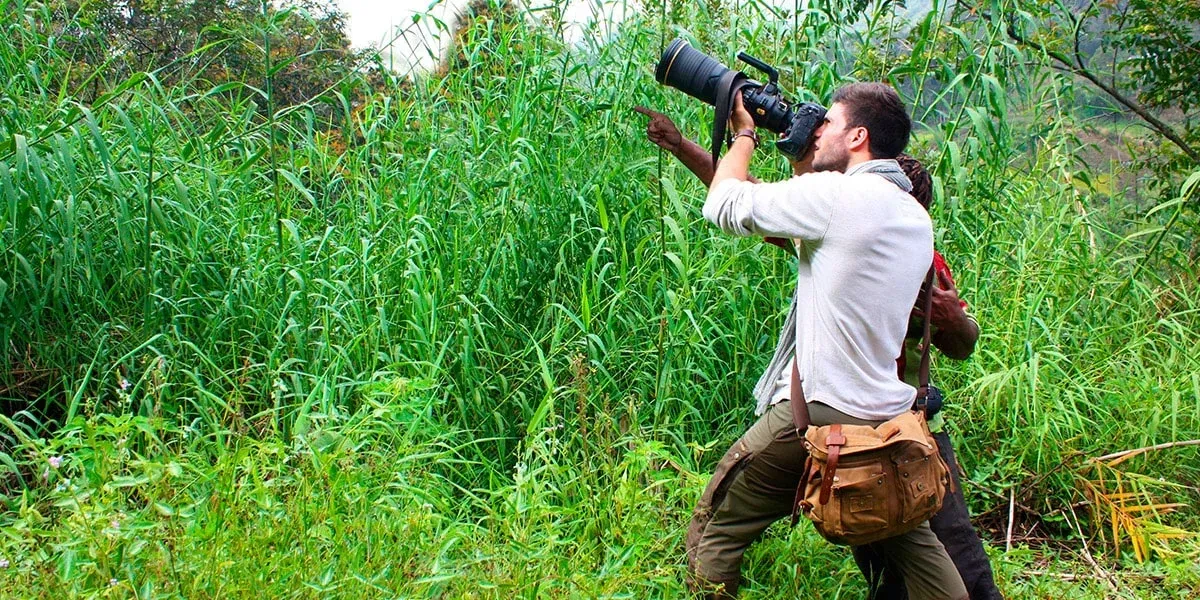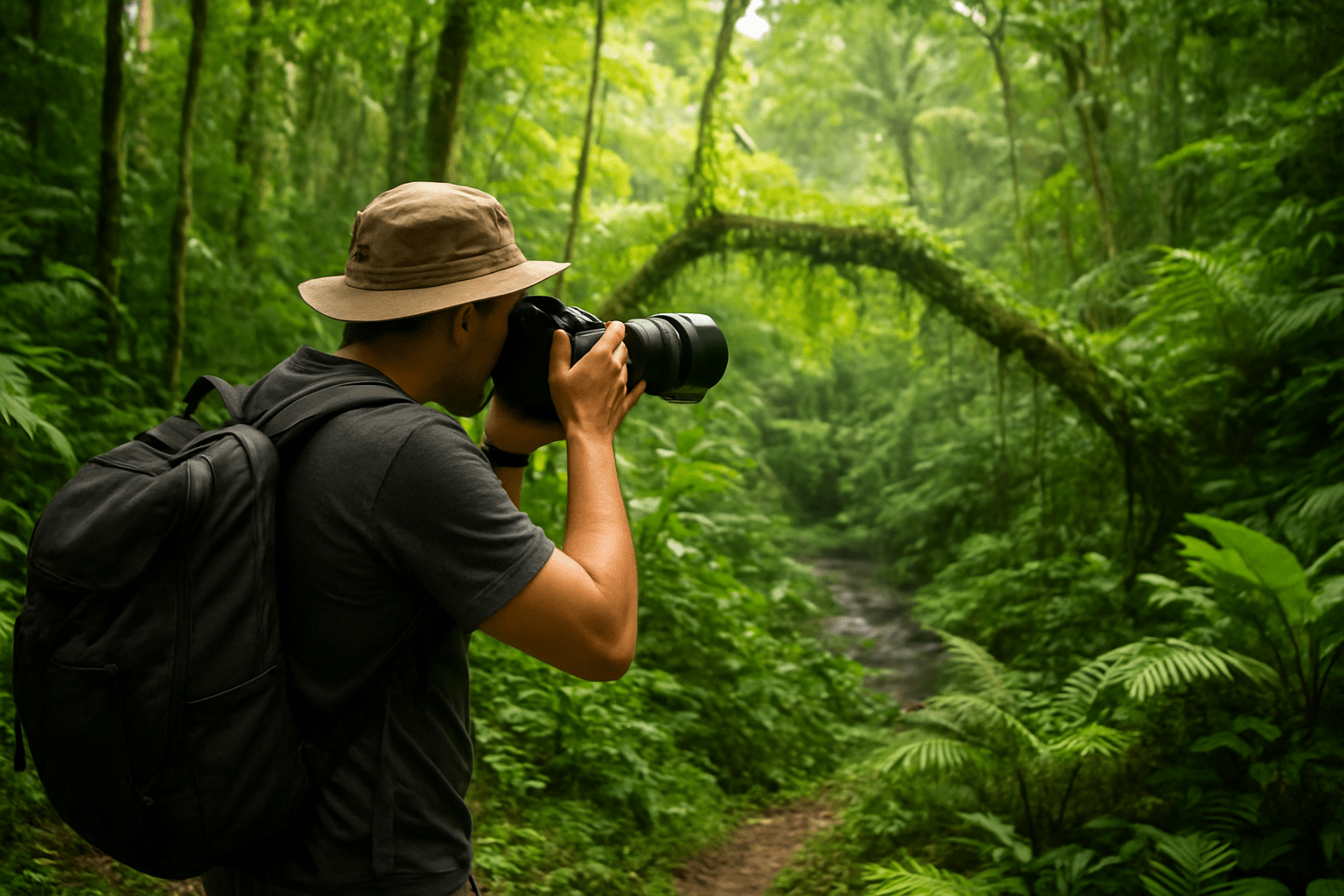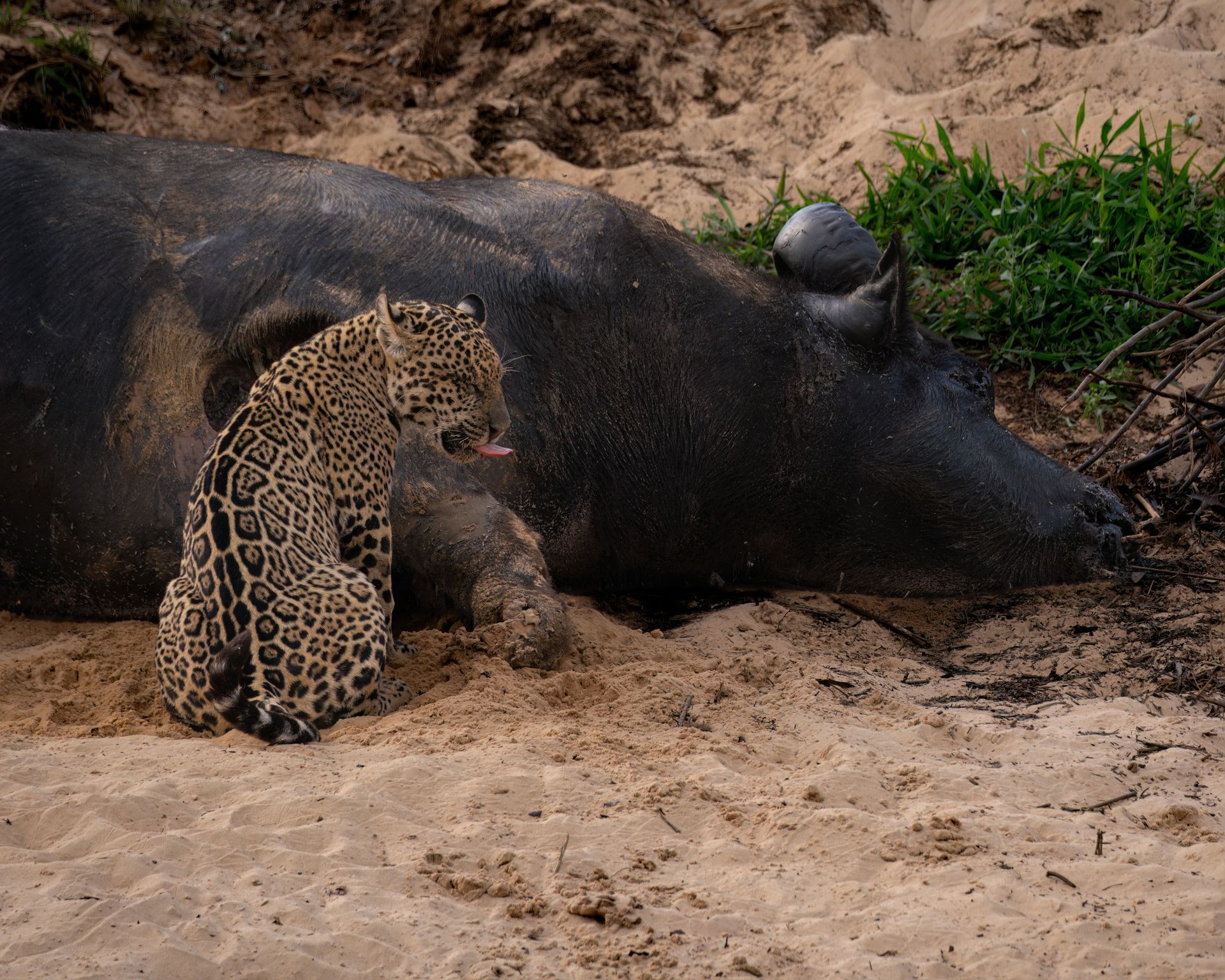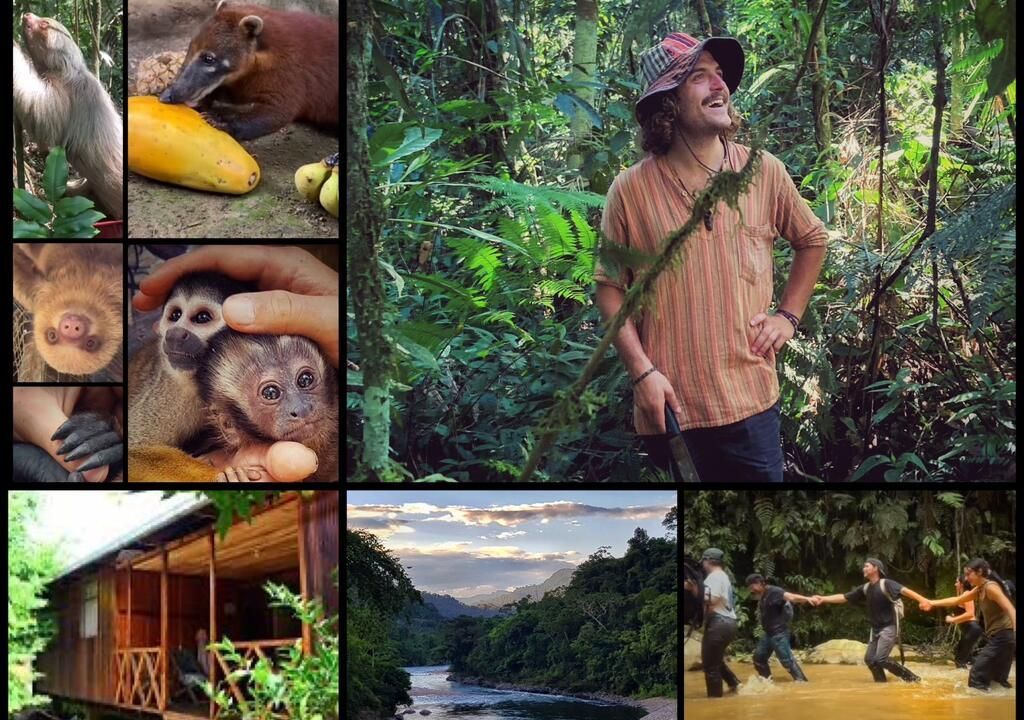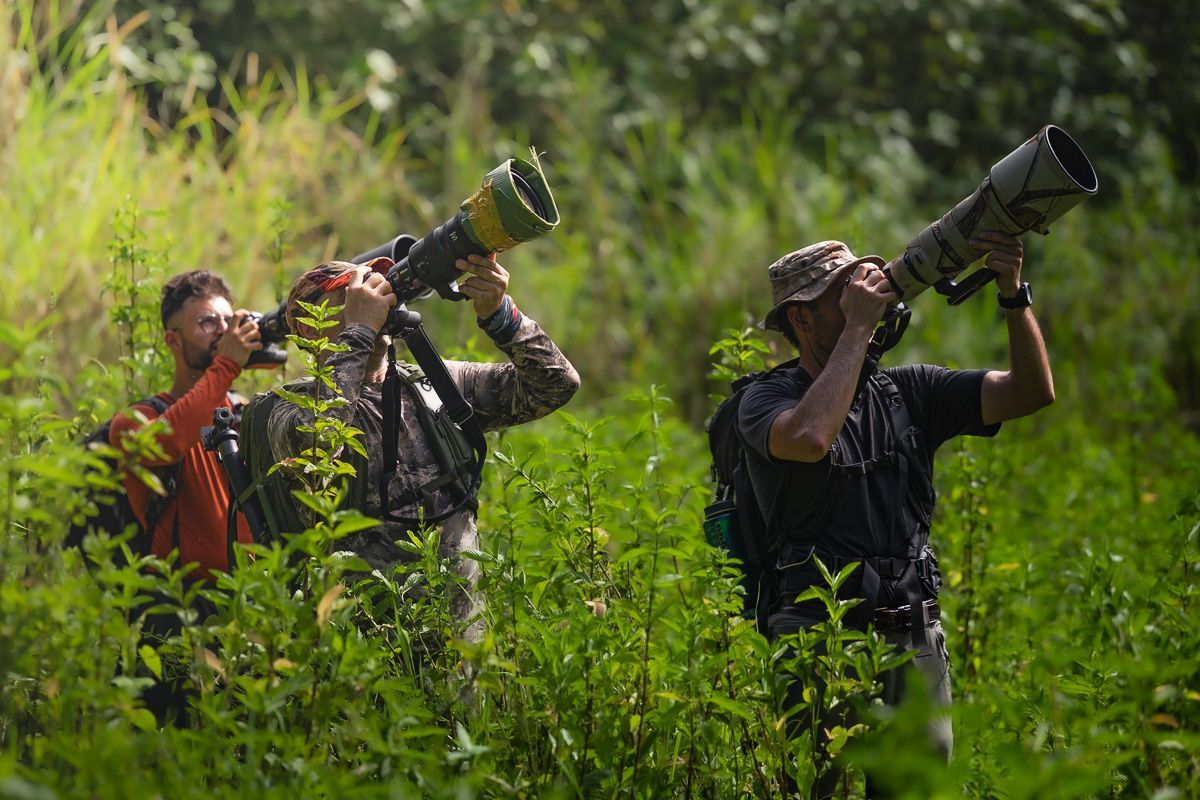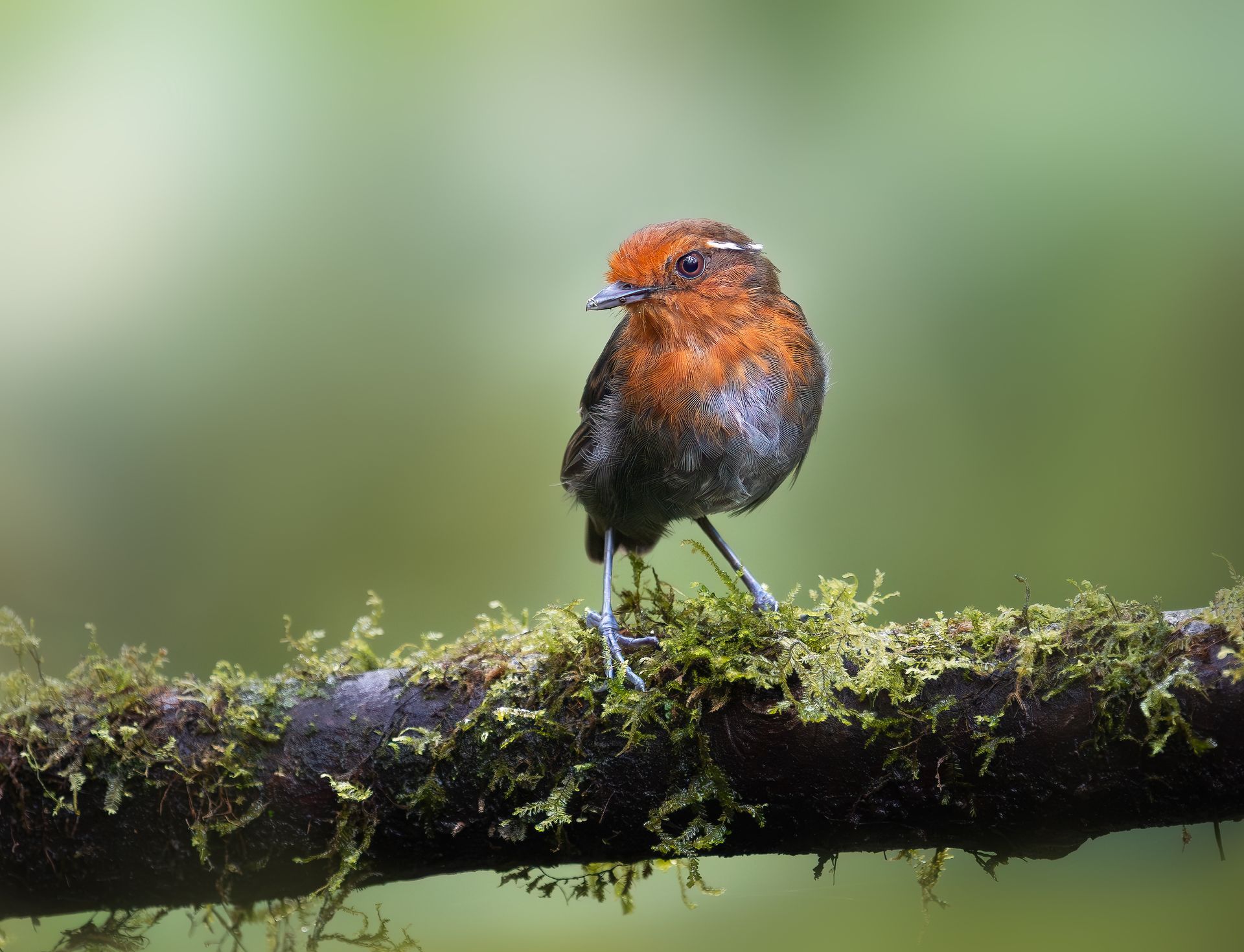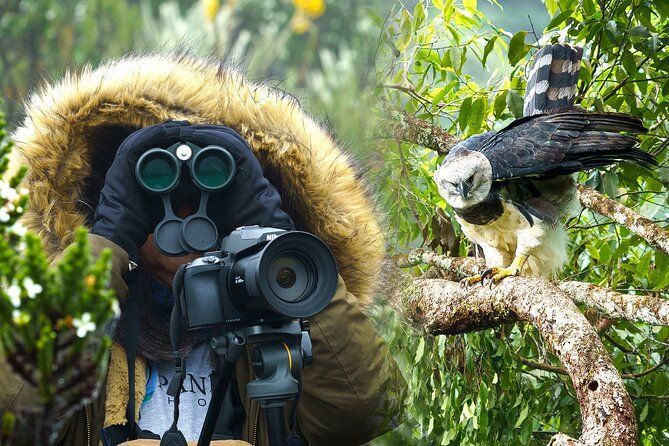Travel Insurance Tips for Wildlife Photography Expeditions
Travel Insurance Tips for Wildlife Photography Expeditions
Wildlife photography expeditions are thrilling adventures that allow photographers to capture rare and beautiful animals in their natural habitats. Whether venturing into dense rainforests, remote savannas, Arctic tundras, or tropical islands, these trips come with inherent risks that must be planned for. Travel insurance is an essential safeguard to protect yourself, your equipment, and your investment in the expedition.
Many photographers underestimate the importance of insurance, assuming that their health coverage or credit card policies are sufficient. However, specialized travel insurance for wildlife photography trips covers specific scenarios like evacuation, equipment damage, trip interruption, and adventure activities. Proper planning and selection of policies can make the difference between a safe, worry-free expedition and a trip fraught with complications.
1. Understanding the Need for Travel Insurance
Wildlife photography expeditions often take you to remote or challenging environments where medical facilities may be limited. Injuries, sudden illnesses, or emergencies can be costly and difficult to manage without proper coverage. Travel insurance ensures that:
- You have access to emergency medical care anywhere in the world.
- Equipment losses or damages are compensated.
- Trip cancellations or interruptions due to unforeseen circumstances are covered.
- Evacuation or rescue operations are handled if required.
Even experienced travelers benefit from having insurance because wildlife expeditions can involve hiking, boating, climbing, or off-road travel that increases risk. Insurance provides peace of mind so you can focus on photographing wildlife rather than worrying about what could go wrong.
2. Choosing the Right Type of Insurance
Not all travel insurance policies are created equal. For wildlife photography expeditions, consider the following types:
- Comprehensive Travel Insurance: Covers trip cancellation, medical emergencies, lost luggage, and more.
- Adventure or Sports Coverage: Specifically designed for activities like trekking, kayaking, or wildlife safaris.
- Equipment Insurance: Protects cameras, lenses, drones, and other photography gear from loss, theft, or damage.
- Evacuation and Rescue Insurance: Essential for remote expeditions where medical transport may be required.
Selecting the right combination of coverage ensures you are protected from both common travel risks and photography-specific hazards.
3. Evaluating Coverage for Medical Emergencies
Medical coverage is a critical component of any wildlife photography insurance plan. Evaluate the following:
- Emergency Medical Expenses: Ensure it covers hospitalization, surgery, and doctor fees abroad.
- Medical Evacuation: In remote locations, evacuation to the nearest hospital can cost tens of thousands of dollars.
- Pre-Existing Conditions: Confirm whether the policy covers pre-existing conditions, especially for long trips.
Check the limits of medical coverage to avoid unexpected costs and consider policies with 24/7 assistance hotlines for emergencies.
4. Equipment Coverage: Protecting Your Gear
Your camera equipment is one of your most valuable assets on a wildlife expedition. Comprehensive insurance should include:
- Theft, loss, or damage coverage
- Coverage for accidental damage, including water or drop accidents
- Protection for expensive accessories like lenses, tripods, and drones
- Coverage during transport, including checked luggage and carry-on
Some policies offer replacement value, while others reimburse the current value. Evaluate which option is best based on your equipment investment.
5. Trip Cancellation and Interruption
Wildlife photography trips often involve significant planning and investment. Trip cancellation and interruption insurance safeguards you against:
- Illness or injury preventing you from traveling
- Natural disasters such as floods, storms, or fires at your destination
- Political unrest or travel advisories
- Unexpected delays that force you to cut the trip short
This coverage can reimburse flights, accommodation, and tour fees, ensuring you don’t lose your entire investment if unforeseen events occur.
6. Adventure Activity Coverage
Many wildlife photography trips involve adventurous activities such as:
- Hiking or trekking in remote areas
- Boat travel or river crossings
- Safari vehicles or off-road travel
- Climbing or zip-lining in natural parks
Standard travel insurance may not cover these high-risk activities. Check if your policy includes adventure sports coverage to avoid gaps in protection.
7. Understanding Policy Exclusions
Every insurance policy has exclusions. Common ones to watch for include:
- Pre-existing medical conditions without disclosure
- Equipment damage due to negligence
- High-risk activities not listed in the policy
- Travel to countries under government travel advisories
Read the fine print carefully and clarify with the provider to avoid unpleasant surprises during your expedition.
8. Duration of Coverage
Ensure your insurance policy covers the entire duration of your wildlife photography trip, including travel days, layovers, and potential extensions. Some policies have maximum trip length limitations, so check carefully if you plan a multi-week or multi-country expedition.
9. Emergency Assistance Services
Choose an insurance provider that offers 24/7 emergency assistance. Features to look for include:
- Access to multilingual support teams
- Assistance with hospital referrals and transport logistics
- Help with lost passports, visas, or documentation
- Coordination for emergency evacuation in remote areas
Having reliable assistance can save time, reduce stress, and provide life-saving support in critical situations.
10. Tips for Buying Travel Insurance
Follow these tips to select the right policy:
- Compare multiple providers and coverage options
- Check reviews and reputation of the insurer
- Disclose all medical conditions and planned activities
- Understand claim procedures and timelines
- Keep copies of your policy and emergency contacts
Planning ahead ensures you are fully protected before leaving on your expedition.
11. Special Considerations for Wildlife Photographers
Wildlife photographers face unique risks. Consider these when choosing insurance:
- High-value camera gear often exceeds standard luggage limits
- Traveling to remote areas increases the likelihood of medical evacuation
- Extended treks or overnight fieldwork require adventure activity coverage
- International travel may require additional documentation and approvals
Policies tailored to photographers often include specialized gear coverage and adventure activity extensions to address these risks.
12. Documentation and Claims Preparation
In case of an incident, proper documentation is crucial. Steps include:
- Keeping receipts for equipment and travel expenses
- Documenting theft, loss, or damage with photos and reports
- Carrying copies of passports, visas, and policy numbers
- Reporting incidents promptly to your insurer
Being prepared with organized documentation speeds up claims and ensures smooth reimbursement.
13. Travel Insurance for Multi-Country Expeditions
If your wildlife photography trip spans multiple countries, ensure coverage applies across borders. Check:
- Whether medical and evacuation coverage is international
- Any regional exclusions or limitations
- Customs or transportation regulations for gear in each country
Comprehensive global coverage reduces risks and simplifies logistics when traveling across borders.
14. Cost Considerations
Travel insurance premiums depend on factors such as:
- Destination and region risk levels
- Duration of travel
- Activities planned and adventure coverage
- Value of photography equipment
- Age and health of travelers
While cost is important, prioritize coverage quality and comprehensiveness over saving a few dollars, especially for high-risk expeditions.
15. Final Tips for Peace of Mind
To maximize your safety and enjoyment:
- Purchase insurance as soon as your trip is booked
- Keep digital and physical copies of your policy
- Inform travel companions and guides of your coverage
- Regularly review policy limits and exclusions before departure
- Stay aware of emergency contacts and embassy information
Being fully prepared allows you to focus on capturing stunning wildlife photographs with confidence.
16. Conclusion
Travel insurance is an essential component of any wildlife photography expedition. From protecting against medical emergencies and equipment loss to covering trip interruptions and adventure activities, comprehensive insurance safeguards both your health and your investment. Careful research, disclosure of planned activities, and selecting a policy tailored to the unique needs of wildlife photographers ensures a worry-free and successful adventure. By planning ahead and investing in the right insurance coverage, you can fully enjoy the excitement, beauty, and unpredictability of wildlife photography expeditions around the world.



